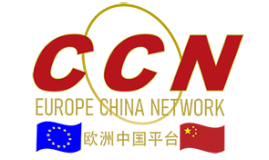If you want to have a good understanding of a country, especially a country like China with a 5,000 year history of ancient civilizations, visiting the country’s museums will be the most direct and convenient choice.
In general, the museums in China can be classified into three types:
The first type is the social and history museums, which display the development of China’s 5,000-year civilization, and are the comprehensive museums with the richest contents and densest culture
The second type is the natural science and technology museums, which mainly present the splendid achievements the Chinese people have won in science and technology, and where visitors can see the development traces of the Four Great Inventions (papermaking, printing, compass and powder) and other scientific and technological techniques of ancient China
The third type is the art museums, which showcase the traditional Chinese culture and art and collect a large number of precious calligraphic works, paintings, works of art and rare treasures.
http://cnto.org.uk/museums.html
Museum of Chinese Science and Technology
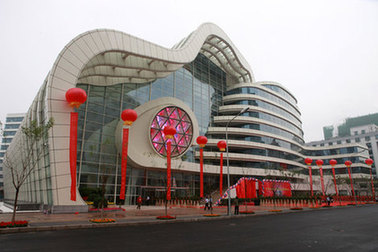
The Museum of Chinese Science and Technology on northern section of the 3rd Ring Road presents both permanent and short-term exhibitions. It was opened to the public in September 1988. As a national museum of science and technology, it is an important front of popular science education in China, whose main task is to disseminate knowledge of science and technology among the public, and help increase the scientific and cultural literacy of all citizens.
http://en.chinaculture.org/2008-01/18/content_582858.htm
Museum of Finance

The Museum of Global Finance (in Beijing) http://www.mocf.org.cn/guoji/index.html
Chinese Museum of Finance (in Tianjin) http://www.mocf.org.cn/index.asp
Art Center of Chinese Museum of Finance http://artmuseum.mocf.org.cn/
Chinese Museum of Finance (in Beijing) http://www.mocf.org.cn/shuhui/index.asp
Chinese Museum of Funds (in Suzhou, Jiangsu province) http://cmof.mocf.org.cn/
China National Film Museum
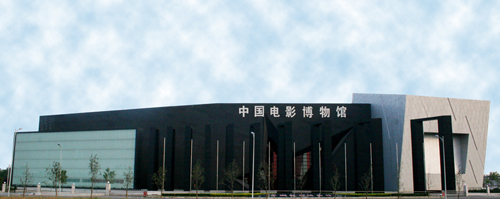
CHINA NATIONAL FILM MUSEUM is to date the world’s largest professional museum. Founded in 2005 in celebration of 100 years of Chinese cinema, CNFM is designed to showcase the history of Chinese cinema, to host film technology expos, and many academic exchanges and research in order to advance cinema culture both in China and worldwide.
Dinosaur Museum
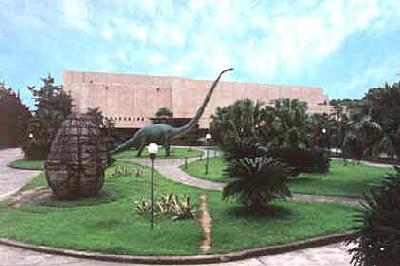
The Dinosaur Museum is located at the Dashanpu Site of Dinosaur Fossils 10 kilometers east of Zigong City of Sichuan Province. The site is one of the most famous production areas of dinosaur fossils. Up till now, 58 hidden sites of dinosaur fossils have been discovered here. In 1986, China’s first modern specialized dinosaur museum was built here and opened to the public.
Occupying an area of about 25 square meters with a construction area of over 6,000 square meters, the museum includes the Prelude Hall, the Central Exhibition Hall, the Hall of Dinosaur Fossil Sites, the Hall of Dinosaur Skeletons and the Hall of Scientific Popularization and Education.
China Tea Museum
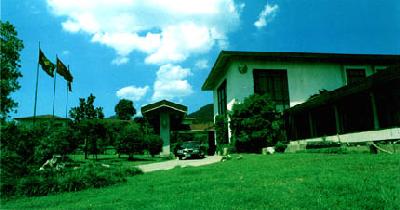
Located in the Dragon Well Village — a tea growing area south of the West Lake District in Hangzhou, the China Tea Museum was completed and opened to the public in October 1990. It occupies an area of 3,500 square meters and comprises 4 groups of buildings with displays outlining the traditions of growing tea south of the Yangtze River. Here you can learn about the history of tea, the best varieties and the etiquette of tea drinking in China.
China National Silk Museum
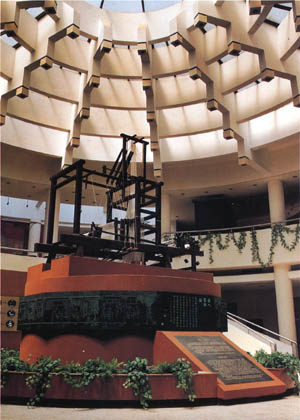
China National Silk Museum, opened to the public in February 1992, is located at the foot of Lianhua Peak of Yuhuang Mountain in Hangzhou City of Zhejiang Province. It is a museum dedicated to reflect over 5,000 years of silk development history in China.
The museum takes up an area of about 50,000 square meters and consists of eight exhibition halls, namely the Prelude Hall, Relics Hall, Folk Custom Hall, Silkworm Hall, Silk Manufacturing Hall, Weaving Hall, Dying Hall and Achievements Hall.
Hong Kong Ocean Park
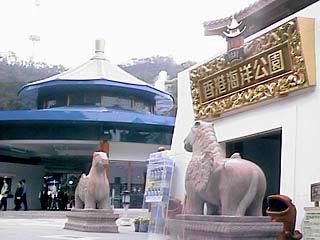
The Hong Kong Ocean Park is a famous marine museum. Located between Aberdeen and Repulse Bay, the park sponsored by the Hong Kong Derby was prepared in 1969 and completed 1977. In July 1987, the park was changed from an affiliated organization of the Hong Kong Derby into the independent statutory organization for Hong Kong governor to appoint board members.
The park is divided into two parts: the lowland section and headland section, and a cable car system links the two parts. The lowland section is the on-water amusement park, which is the first on-water amusement center in Asia; and the upland section includes the aquarium, the hall of sea waves, the marine theater and the paradise of various birds, and is the main part of the park.
Hong Kong Museum of Tea Ware
The Hong Kong Museum of Tea Ware is a specialized museum. Located in the north side of Hong Kong Park and sponsored by the Hong Kong City Administrative Bureau, the museum was opened to the public in July 1984. The museum is a two-storeyed building with 6 exhibition rooms, and is divided into two parts: the exhibition of Chinese tea and the exhibition of Yingxing purple clay teapots.
Taipei Insect Science Museum

The Taipei Insect Science Museum, located at Chenggong High School of Taipei City, is one of the largest insect science museums in Asia. Covering an area of over 600 square meters, the museum was prepared in 1968 and completed in 1971.
The museum collects insect specimens from all over the world, including many mode specimens, 50,000 pieces in total. In addition, it has also collected the ecological films and slides of the insects in Taiwan Province, the sound recording of insect chirpings and folk handicrafts related to insects. On display in the exhibition hall are around 30,000 insect exhibits in 10,000 varieties, kept in the 600-odd boxes, including the rare specimen of hermaphroditic butterfly, known all over the world. The museum has also made a 3-D model of the Butterfly Valley area in Taiwan. Ecological films and photos of butterflies are played and shown in the museum and live insects are sometimes displayed in spring and summer.
Zigong Salt Museum

The Zigong Salt History Museum is a specialized museum of Chinese technological history. The site of the museum was built in 1736 and was originally a guildhall for salt merchants from ShaanxiProvince during the Qing Dynasty (1644-1911). The whole building complex highly represents Qing Dynasty’s architectural achievement in the combination of imperial and civilian styles.
Built in 1959, the museum collects historical books, literature and archives about the well-salt development, including 1,322 real objects and tools. Among these items, one significant display is a unique and treasured collection of over 130 different types of ancient Chinese well-salt drilling tools, represented by over 500 individual pieces. This display illustrates, through the different sizes, weights and shapes of tools, what must have been required to deal with the complicated situations faced in well-salt mining. Other displays in the museum show well-salt historical cultural relics. All this is of great value for research on social economy of that era.
Xiamen Overseas Chinese Museum
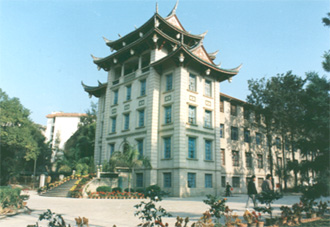
The Xiamen Overseas Chinese Museum is a comprehensive museum that highlights the history of overseas Chinese, and the only Chinese museum set up by overseas Chinese. Located at the foot of Fengchao (bee hive) Hill, the museum was founded by the eminent overseas Chinese philanthropist Chen Jiageng (Tan Kah-kee) in 1958 and opened to the public in May 1959.
The museum covers an area of 50,000 square meters. Its main building, which has a construction area of more than 4,000 square meters, is a palace-style structure made of granites.
The museum has three exhibition halls, which have on display more than 5,000 potteries, bronze wares, sculptures and paintings of the past dynasties; 5,000 objects, photos and documents related to the history of oversea Chinese; about 3,000 specimens of animals, plants, aquatic products and rocks; and about 2,000 cultural relics and pictures of other countries in Asia, Europe and America.
Huqing Yutang Museum of Traditional Chinese Medicine
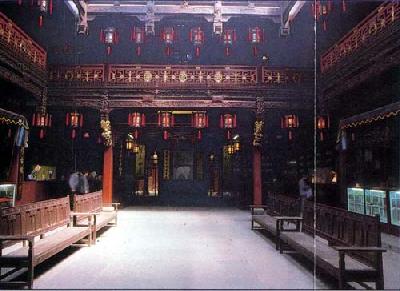
The Huqing Yutang Museum of Traditional Chinese Medicine is a specialized museum in China. Founded in October 1989, the museum is located at the original site of the Huqing Yutang Chinese Medicine Mill & Shop built in 1874 of the Qing Dynasty (1364-1911). Huqing Yutang is the name of a famous pharmacy selling traditional Chinese medicine founded in the 19th century.
The house is typical of the garden architectural style in southern China. The museum is contained within the pharmacy and has a wide collection of valuable literature on traditional Chinese medicine as well as other varieties of traditional medicines.
Ancient Bells Museum at the Great Bell Temple
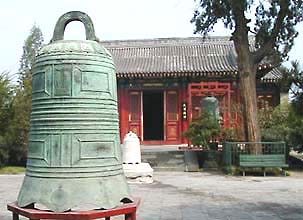
The Ancient Bells Museum at the Great Bell Temple, a specialized museum in China, is located on the northern side of the Great Bell Temple in Beisanhuan Xilu (western section of the North 3rd Ring Road). The temple was first built in the 11thyear (1733) during the Yongzheng reign of the Qing Dynasty (1644-1911), and was one of the rain-praying places of the Qing emperors. In March 1980, the Storage Bureau of the Cultural Relics of the Great Bell Temple was set up. In October 1985, the Ancient Bells Museum at the Great Bell Temple was built.
National Museum of China
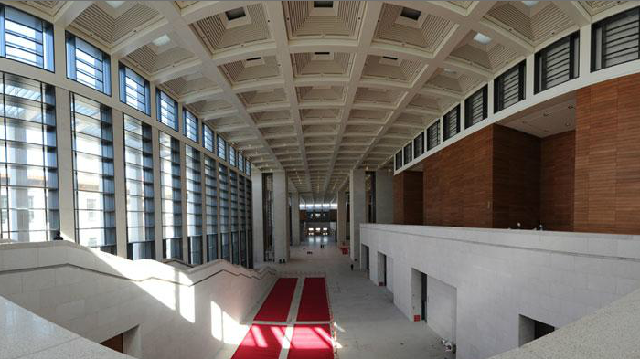
National Museum of China (NMC) is located at the east side of Tiananmen Square and opposite with the Great Hall of the People. It was founded in February 2003, based on the merging of two previous museums, namely the National Museum of Chinese History and National Museum of Chinese Revolution. NMC, an integrated national museum under the Ministry of Culture of China, draws equally from both history and art and is dedicated to its collections, exhibitions, research, archeology, public education and cultural communication. Its basic functions are cultural relics and artworks collection, exhibition display, public education, history and art research, and cultural communication.
The Palace Museum of China

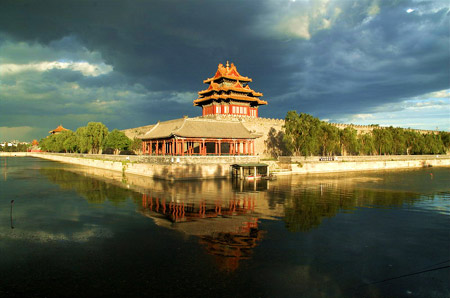
The Palace Museum, founded in 1925, is a national museum housed inside the Forbidden City, the imperial palace of the Ming (1368-1683) and Qing (1644-1911) Dynasties and a World Heritage site since 1987. Located at the center of Beijing, the Palace Museum holds over 1,807,558 artifacts, including paintings, pottery, inscribed wares, bronze wares, and court documents. There are over a million rare and valuable works of art in the museum’s collection.
Capital Museum

The Capital Museum, located in the Confucius Temple, was prepared in 1953 and formally opened in 1981.
As a major cultural construction project in Beijing in the “10th Five-Year Plan”, the new complex of the Capital Museum, approved by the Beijing Municipal Government in 1999, further approved by the State Council after being submitted by the National Development and Reform Commission in 2001, commenced its construction in December 2001.
The new Capital Museum had the trial operation in December 2005 and was officially opened on May 18, 2006. With its magnificent architecture, abundant exhibitions, advanced technology and complete functions, the Capital Museum contributes to Beijing’s standing as a famous historical and cultural city, a cultural centre and an international metropolis and ranks among the first class museums both at home and abroad and is regarded as one of the first “State First-class Museums” in 2008.
Henan Museum
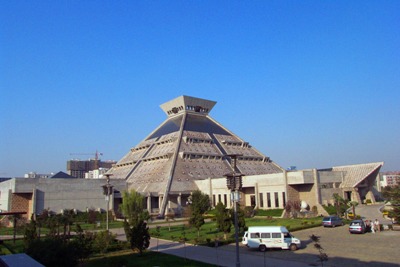
Henan Museum, located in Zhengzhou, is a newly-built modern history and art museum. It opened to the public on May 1, 1998.Henan Museum occupies an area of more than 100,000 square meters, with a total floor space of 78,000 square meters.
Guo State Museum
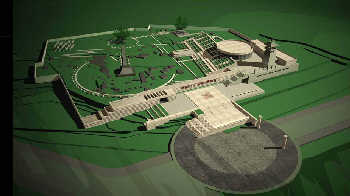
The huge Guo State Museum is a modern, multifunctional scenic spot dedicated to helping tourist learn more about this area in the Henan Province.
The museum is divided into the four areas: history and culture, relics, the army, and King Guoji’s tomb site.
The museum covers two periods of China, the Western Zhou Dynasty (1066 BC – 771 BC) and the Spring and Autumn Periods (770 BC – 221 BC).
The unique buildings, exquisite national treasures, mighty underground army formations and the gorgeous palace make Guo State a distinctive cultural spot in Henan Province.
Qianling Museum

The Qianling Museum is a Chinese museum of mausoleums. Built in 1978, the museum is situated around the site of Qianling (Qian Mausoleum). Qianling is located in Qian County of Shaan’xi Province. It is the joint mausoleum of Tang (618-907) Emperor Gaozong (Li Zhi) and his consort, Empress Wu Zetian, the only Empress in Chinese history.
The mausoleum is large in scale with 17 satellite tombs of princes, kings and high ministers. In the mausoleum there are some exquisite carvings of the Tang Dynasty. From south to north, there first come two ornamental columns, two winged horses galloping and then two red birds (Carpodacus erythrinus roseatas). Five pairs of saddled horses come next, each with a groom. The most noteworthy are ten pairs of guardian generals, with very large heads, wearing long-sleeved robes and hold the hilts of long swords.
Banpo Museum
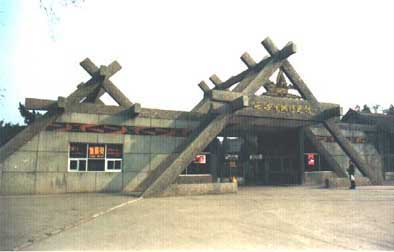
The Banpo Museum in Xi’an is located in the east of Xi’an and is the site of a village that dates back to around 6,000 years ago in the Neolithic era, which is known as the Yangshao Culture in China. Built in 1958, it is the first on-the-spot museum and also a museum of Neolithic site in China. The main hall, in the rear, was built over the excavation site. Two smaller exhibition halls by the entrance display unearthed items.
The site was discovered in 1953 and covers an area of approximately 50,000 square meters. Excavations revealed 45 houses, pottery, kilns, a burial ground, grain stores and tool stores. Banpo is considered to be one of the best examples of an agricultural community of this era anywhere in the world.


